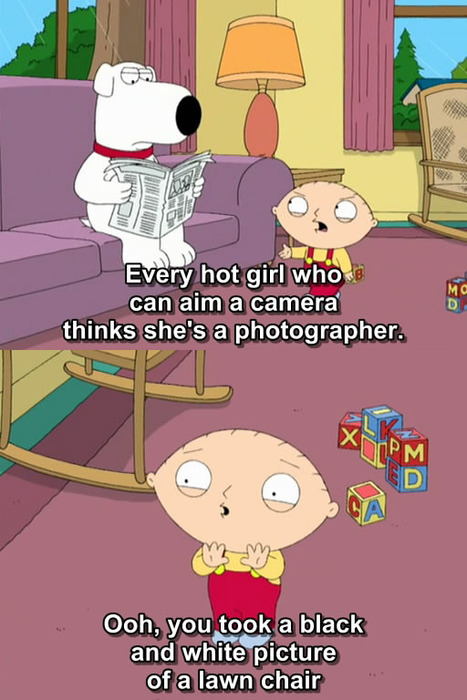shogun - Nice shots dey boy, brings back childhood memories

 stretch
stretch - depending on whether your camera is a modern DSLR or an older film camera, your starting point would be 35mm or 50mm prime lenses for portraits.
Modern DSLR's have a smaller sensor for the lens to project the image onto, so they are known as "cropped sensors". Full-frame cameras, which almost all of the older film-style cameras were, have a larger image-window for the film to be exposed on.
So a good range of full-frame lenses for portraits would be:- 50mm; good for upper-body and headshots
- 85mm; better for headshots/above the shoulders
- 105mm - 135mm; best for tight, close up portraits where you're focusing only on the face, certain body parts (mouth, hands, etc)
Now with the modern DSLR cameras (Nikon D40/D3000/D5000 and up, as well as Canon Xti/Xsi/T1i/T2i and up) the sensor size is smaller than the equivalent film-window. Hence it's called a "crop-aspect" - the image is cropped down a bit.
This makes the lens focal lengths seem a bit longer than they really are: 50mm now becomes close to 70-75mm, 80mm now becomes 105mm, etc. This is because you're cropping down into the image, giving the impression that you've zoomed in when the final print comes out.
All this means is that your lens now will magnify the image a little more on a digital DSLR than it would have on a film-SLR. Hence your shot is zoomed in a bit more, and the framing of the subject is a bit tighter than with an older film camera.
Therefore, portrait lenses for
cropped-sensor DSLRs (Canon calls them APS-C, Nikon calls them DX sensors) are as follows:
- 35mm; good for upper body and headshots (equivalent perspective as a 50mm on a film camera)
- 50mm; good for headshots (equivalent to a 75-85mm lens on a film camera)
- 85mm; good for tight head-shots (equivalent to a 105mm lens on a film camera).
- 105mm; too tight for good headshots, you'd have to stand pretty far away to get the subject's face into the frame.
Bottom line: if you have a DSLR, a good starting point is a
50mm prime lens. Nikon has a 50mm f/1.8 AF-S prime lens that will autofocus on a D40/D60/D3000/D5000 body (they also have an older and cheaper 50mm f/1.8 AF-D, which IMO is the SHARPEST prime lens that Nikon ever made).
Canon has their 50mm f/1.8 EF-S prime lens that's also a great performer. These 50mm lenses are the cheapest of their respective company lineups, hence they are very popular with amateur photogs.
Let me show you what a Nikon 50mm f/1.8 AF-D (the older 50mm prime) can do:
 Image info: Camera - Nikon D200 | Lens - Nikon 50mm f/1.8 AF-D | Light: Window light from camera-right
Image info: Camera - Nikon D200 | Lens - Nikon 50mm f/1.8 AF-D | Light: Window light from camera-right
Look at how sharp the 50mm AF-D prime is. And it costs $120USD in any camera store (and as little as $90USD used, on Amazon.com or Ebay), compared to almost $800USD for a 3rd party Sigma or Tamron 70-200mm f/2.8 zoom lens.
If you're on an even tighter budget, and you already have a DSLR with a 18-55 kit lens, all you have to do is zoom your kit lens out to 55mm, and use that focal length to frame your subjects. Instead of zooming, just walk around until you get a good composition and snap-away.






















